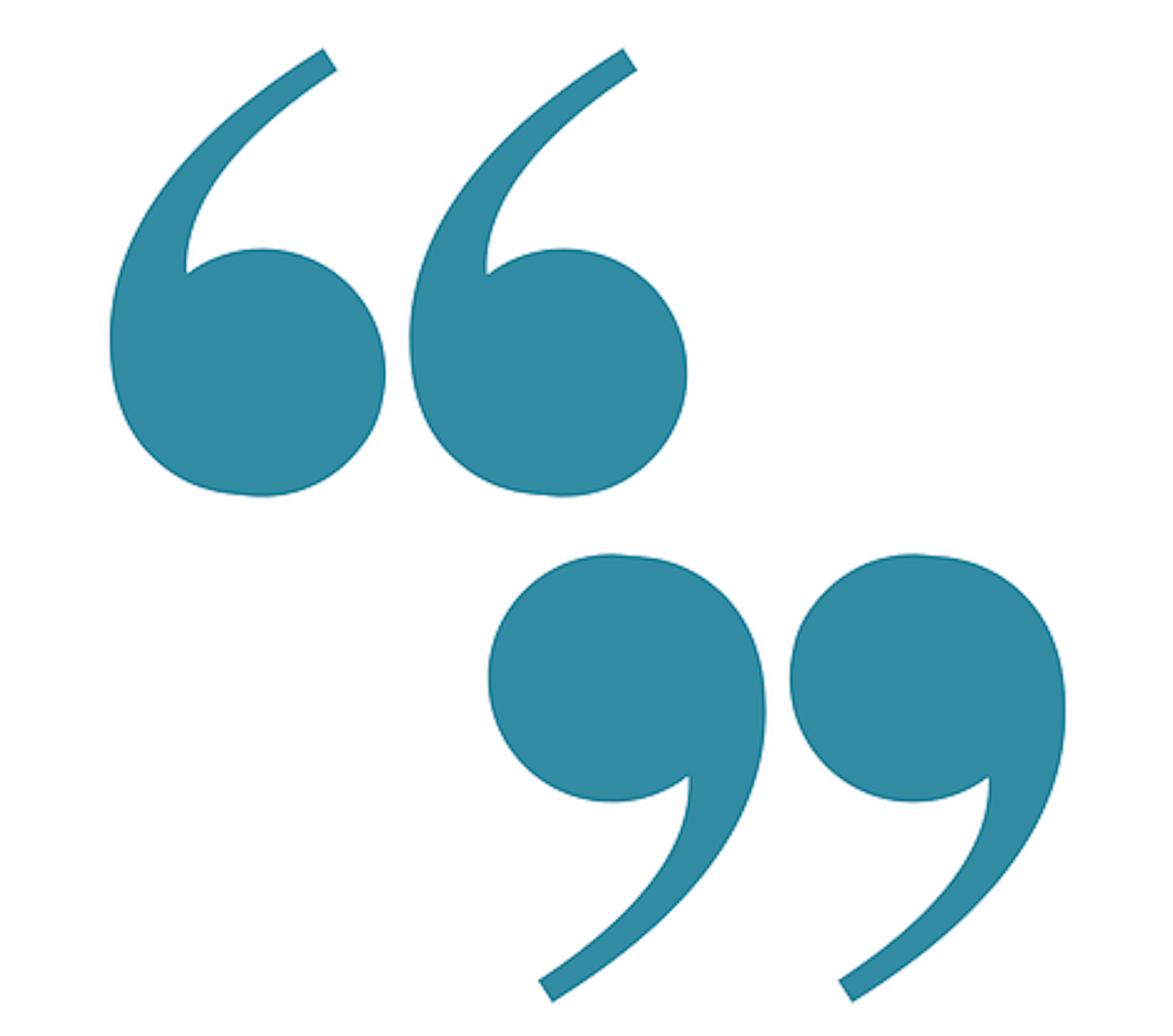British vs American English
‘The United States and Great Britain are two countries separated by a common language.’
– George Bernard Shaw
You might think that being an English language speaker means that you automatically have the skills to write for both British and American English audiences. Think again! Although they may speak the same language, in both the United States and Britain people frequently trip up over the subtle differences between the two dialects. To write in one or the other is almost like speaking with an accent: your meaning may be understood, but natives will be able to spot that you’re not local.
If you need to write for an American English audience and you’d like your text to look as authentic as possible, take a look at our checklist to help you spot the most common mistakes people make.
1. -ize and -ise
There are a number of spelling differences between British and American English. While British English tends to use the ‘-ise/-yse’ suffix for certain verbs, American English prefers the ‘-ize/-yze’ ending. Here are some examples.
Analyse/analyze:
In British English: ‘I need to analyse the data before drawing any conclusions.’
In American English: ‘I need to analyze the data before drawing any conclusions.’
Realise/realize:
In British English: ‘She didn’t realise how late it was until she looked at the clock.’
In American English: ‘She didn’t realize how late it was until she looked at the clock.’
Organise/organize:
In British English: ‘Let’s organise a meeting to discuss the project.’
In American English: ‘Let’s organize a meeting to discuss the project.’
Recognise/recognize:
In British English: ‘The teacher recognised the student’s artistic talent.’
In American English: ‘The teacher recognized the student’s artistic talent.’
2. Serial commas

Be careful where you place your commas when making a list!
Photo by Torbjørn Helgesen on Unsplash
The use of serial commas, also known as Oxford commas, differs between British and American English. A serial comma is the comma that’s sometimes placed immediately before the ‘and’ or ‘or’ in a list of three or more items. Here are examples to illustrate the difference.
In British English: ‘I had eggs, toast and orange juice for breakfast.’
In American English: ‘I had eggs, toast, and orange juice for breakfast.’
As we can see here, British English usually omits the serial comma. However, some British style guides use serial commas – and in some lists, a serial comma can really help provide clarity one where one element ends and another begins.
3. Double vs single quotation marks

Double quotations (or inverted commas) are more common in American English than British English.
Photo by u_zscsfn7pja on Pixabay
Both American and British English use double and single quotation marks, but it’s more common for British to gravitate towards single quotation marks, while the opposite is true of American English. This sometimes comes down to style decisions, but as a rough generalisation we could say that British English uses:
- Single quotation marks (‘) for showing direct speech or quotations. For example: They said, ‘I’ll be there at six o’clock.’
- Single quotation marks (‘) for titles of short works such as articles, poems and short stories. For example: ‘The Road Not Taken’ is an excellent poem by Robert Frost.
- Double quotation marks (“) when there is a quotation nested within a quotation. For example: They said, ‘She told me, “I’ll be there at six o’clock.”‘
Whereas American English generally uses:
- Double quotation marks (“) for signifying direct speech or quotations. For example: They said, “I’ll be there at six o’clock.”
- Double quotation marks (“) for titles of short works, rather than single ones. For example: “The Road Not Taken” is a famous poem by Robert Frost.
- Single quotation marks when there is a quotation nested within a quotation. For example: They said, “She told me, ‘I’ll be there at six o’clock.'”
4. Dropping letters

Noah Webster’s 1783 dictionary is one of the first documents to record different spellings across the pond.
Photo by Cheerfully_lost on Pixabay
British English often retains additional letters, particularly in words derived from Latin. American English tends to simplify spellings by dropping certain letters, most commonly in words with the suffix ‘-our’ in British English, which is often ‘-or’ in American English. Here are some examples of these spelling differences.
Behaviour/behavior:
In British English: ‘behaviour’
In American English: ‘behavior’
Colour/color:
In British English: ‘colour’
In American English: ‘color’
5. Flipping letters
Some letters are flipped between American and British spellings. Here are some examples:
Centre/center:
In British English: ‘centre’
In American English: ‘center’
Theatre/theater:
In British English: ‘theatre’
In American English: ‘theater’
The flipping of letters is particularly important to note as it sometimes changes the meaning of the word. This is the case here:
Metre/meter:
In British English, depending on context:
-
- ‘Metre’ means either a unit of measurement (100cm) or the basic rhythmic structure of a poem.
- ‘Meter’ means a measuring device (such as a ‘thermometer’)
In American English:
- ‘Meter’ is used for all of the senses outlined above
6. Dashing here and there
Both British English and American English use en and em dashes, but American English gravitates more towards em dashes than en dashes, while for British English the opposite is true.
This is the case where dashes are used to denote a parenthesis or aside.
In British English, we might write: ‘The meeting – which was originally scheduled for 10 a.m. – has been postponed.’
In American English, this would likely be: ‘The meeting—which was originally scheduled for 10 a.m.—has been postponed.’
The examples above also highlight an additional common difference here, which is that en dashes in UK English tend to have a space at either side of them, whereas when American English uses em dashes it often does so without spaces.
7. One L or two?
In older forms of English, using either a double or single L affected the pronunciation of a word.
Photo by GDJ on Pixabay
British spelling tends to use a double L in certain words, whereas American spelling prefers a single L.
Travelling/traveling:
In British English: ‘travelling’
In American English: ‘traveling’
Labelling/labeling:
In British English: ‘labelling’
In American English: ‘labeling’
8. Lifting hyphens
British English generally hyphenates compound words and prefixes, whereas American English usually spells them as single words. For example, British English often prefers the spellings:
- well-being
- non-profit
- pre-emptive
- co-operate
In American English, these words are more commonly spelt:
- wellbeing
- nonprofit
- preemptive
- cooperate
9. False friends
 Vocabulary-related mix-ups can often land you in hot water.
Vocabulary-related mix-ups can often land you in hot water.
Photo by Tumisu on Pixabay
‘False friends’ are words that look or sound similar in two dialects but have different meanings that are commonly confused. In British English and American English, there are numerous examples of false friends that could result in potentially embarrassing misunderstandings. Here are two common examples.
Pants:
In British English, the word ‘pants’ typically refers to underwear.
In American English, ‘pants’ are outer garments worn on the lower half of the body, equivalent to ‘trousers’ in British English.
Football:
In British English, ‘football’ refers to the national pastime where players use their feet to kick a ball, commonly known as ‘soccer’ in American English.
In American English, ‘football’ refers to a sport where players use their hands to carry and pass an oval-shaped ball, known to speakers of British English as ‘American football’.
Do we always follow the rules?
 There are laws against ‘jaywalking’ in New York, but lots of people still do it.
There are laws against ‘jaywalking’ in New York, but lots of people still do it.
Photo by Pexels on Pixabay
American and British English has diverged over the centuries and this article is far from a comprehensive account of the many differences between them. But if you’re more used to British English and need a quick guide on how to write in American English, check out our US English cheat sheet.
When editing in both forms of English, it’s important to remember that any of these conventions might not apply depending on the writer’s style or the specific guidelines of the publication in question. As with many topics in language, such matters ultimately come down to one thing: context. Much like the benefits of writing in plain English, a consistent style helps readers focus on what you’re trying to say without being distracted by unfamiliar ways of writing, regardless of the standard you decide on.
Understanding common conventions (and when to break them) takes experience and a sharp eye for detail. You might not always have the time to iron out these transatlantic disagreements. In these circumstances, a professional copyeditor or proofreader can help you align your text to communicate clearly and fluently in your chosen variety of English. Whether you’re writing for American or British readers, we’re on hand to make your words stand out.
If you’re writing a publication, report or book and need an expert pair of eyes, you may be interested in our proofreading and copyediting services. Please see our reviews and case studies to see what our previous customers have to say about us.
You can get in touch with us via our website or by emailing us at [email protected].



